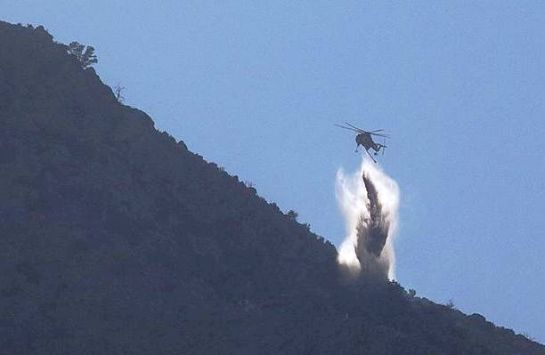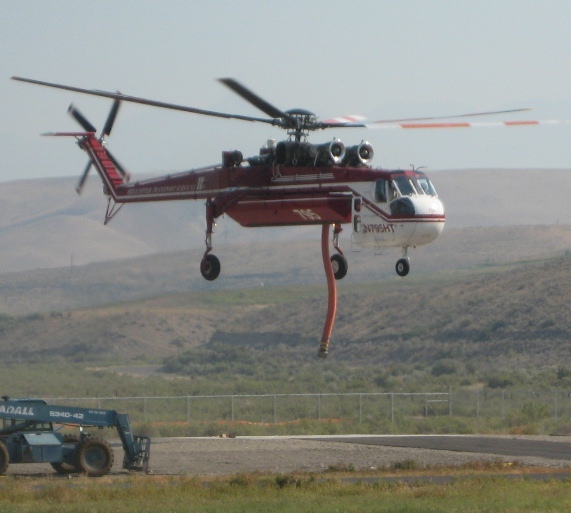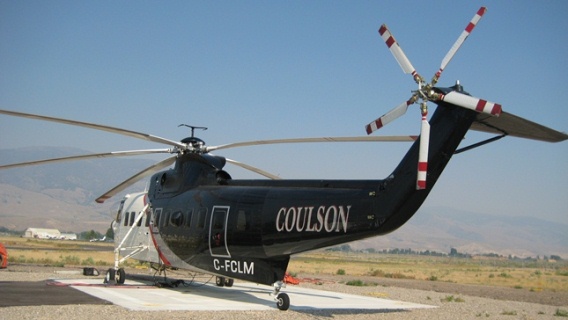
The Cygnet Fire in Yellowstone National Park, 5 miles southeast of Norris Junction, experienced some growth and produced an impressive smoke column most of the day Friday. The estimated size earlier today was 750 acres. A Red Flag warning is in effect on Saturday until 9 p.m.
10 Tanker Air Carrier, which operates the two DC-10 air tankers, sent this via their @10Tanker Twitter account today:
Approaching 1 million gallons dropped on CA fires since arriving at MCC 8 days ago.
Two cousins who started the Wallow fire which became the largest fire in the history of Arizona, were convicted and sentenced to two days in jail.
If you are interested in firefighting helicopters, check out this excellent update on the status of the privately-owned helicopter providers.
A man convicted of burning down his own house may have committed suicide in the courtroom seconds after hearing the verdict.
A commission is looking into the Lower North Fork prescribed fire southwest of Denver which escaped on March 26, 2012 and burned 4,140 acres, killed 3 people, and burned 23 homes. Our earlier reports on the fire can be found here.
On August 16 we wrote about the US Forest Service’s plan to add one night-flying helicopter next year. Here is the PE Enterprise’s view on the subject.
Thanks go out to LM, Gary, Kelly, and Mark








